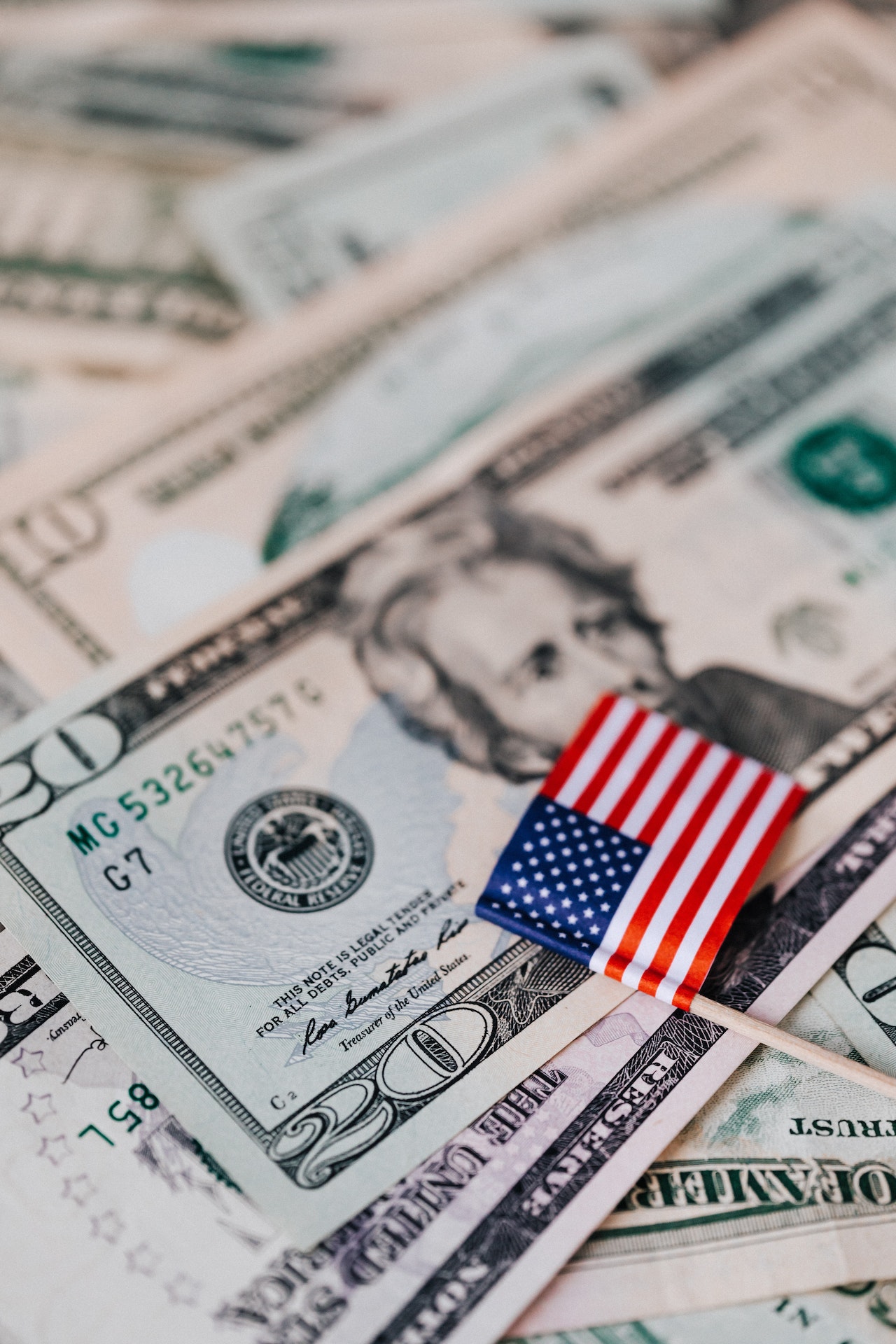On Thursday, Chicago Fed President Austan Goolsbee addressed concerns about rising inflation and the Federal Reserve’s commitment to curbing it while avoiding a recession. Speaking at the Peterson Institute for International Economics in Washington, Goolsbee emphasized the Fed’s determination to bring inflation back to its target while underlining the importance of avoiding overzealous interest rate hikes.
Goolsbee began his speech by asserting, “We will get inflation back to our target, whatever that takes. Inflation still needs to come down.” He acknowledged that inflation had indeed receded somewhat, currently running at 2.4% on a three-month annualized basis according to the consumer price index, thanks in part to the reversal of pandemic-induced economic forces. This positive development, he believes, provides an opportunity for the Fed to combat inflation without causing a severe economic downturn.
One of the key factors Goolsbee cited in his argument is the resolution of supply chain bottlenecks and a return to a more stable level of demand. He maintained that these factors mitigate the risk of the labor market and growth conditions stalling the disinflationary process. “Doing so risks policy overshooting and unnecessarily derailing the expansion,” he cautioned.
Crucially, Goolsbee urged caution when considering wage growth as a predictor of inflation. He warned against tying interest rate decisions to wage growth during periods of economic transition, stating that such a move would “almost certainly mean overshooting” and could have unintended consequences for the economy.
While expressing confidence in the Fed’s ability to achieve its inflation goals, Goolsbee also acknowledged potential obstacles along what he referred to as the “golden path.” These obstacles include the possibility of oil price spikes, the ongoing slowdown in China, an extended auto strike, and the threat of a disruptive government shutdown.
Addressing suggestions to raise the inflation target above the current 2%, Goolsbee voiced concerns that such a move could undermine the power of expectations to bring actual inflation down. “Raising the target when inflation is above the target would undermine the credibility of the Fed’s commitment to any inflation target and impairs the very mechanism of how it is supposed to help,” he cautioned.
Chicago Fed President Goolsbee further elaborated on the Fed’s current stance, stating that they are transitioning from assessing how much further interest rates should rise to determining how long rates should be maintained at or near their current levels. He highlighted that monitoring housing inflation, productivity, and inflation expectations are critical aspects of their strategy.
The Fed is currently considering raising rates one more time this year, targeting a range of 5.5% to 5.75%, before adopting a policy of maintaining rates at that level for an extended period. Presently, interest rates fall within the range of 5.25% to 5.5%. Goolsbee also noted that since March 2022, the Fed has raised rates a total of 11 times, marking the most aggressive rate-hiking campaign since the 1980s.
While inflation remains a concern, standing at around 4%—twice the Fed’s target—Goolsbee’s speech sought to reassure stakeholders that the central bank remains committed to achieving its inflation objectives while avoiding any detrimental impact on the broader economy. His remarks underscored the Fed’s delicate balancing act as it navigates the complex economic landscape.
Source: Yahoo Finance



